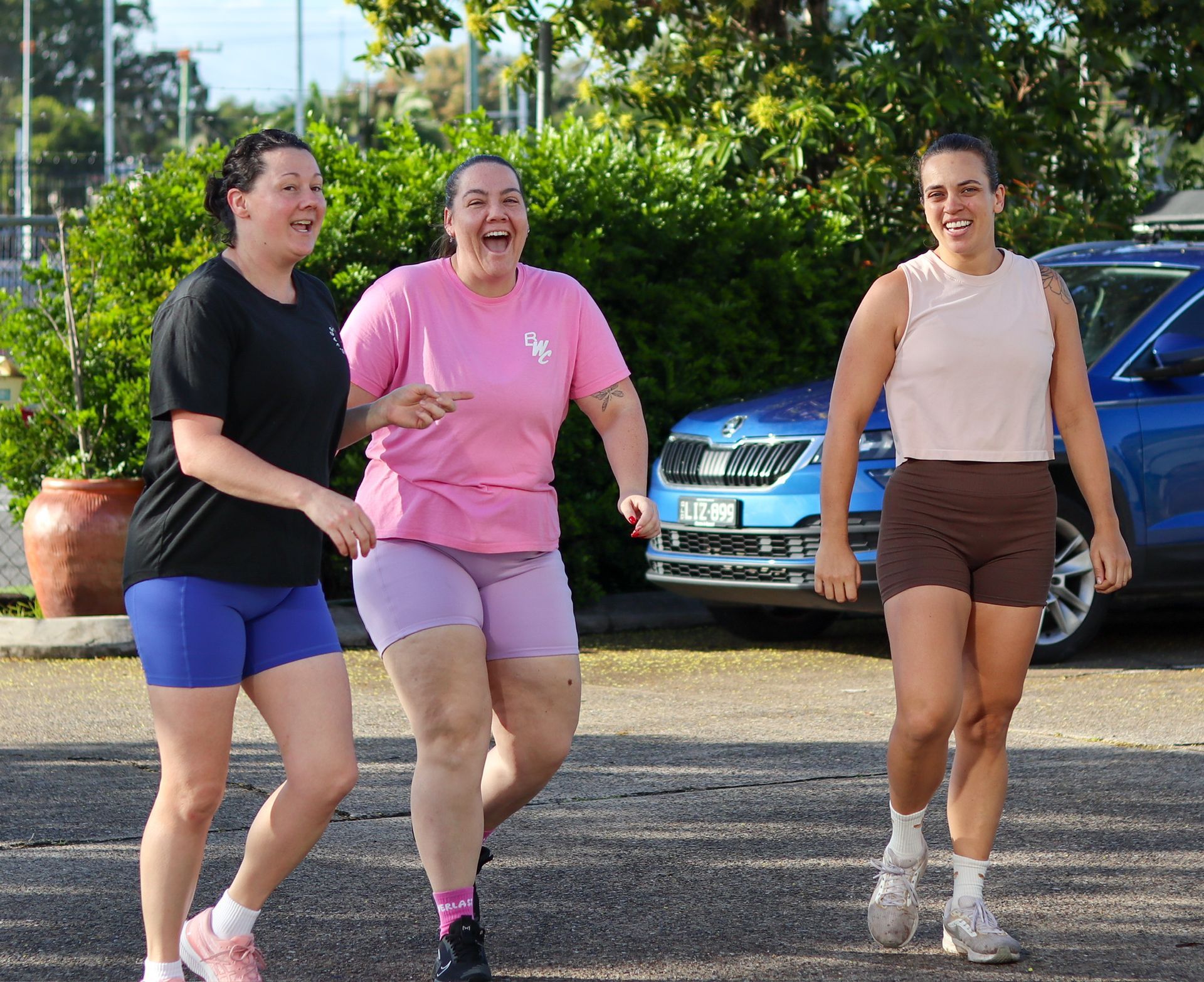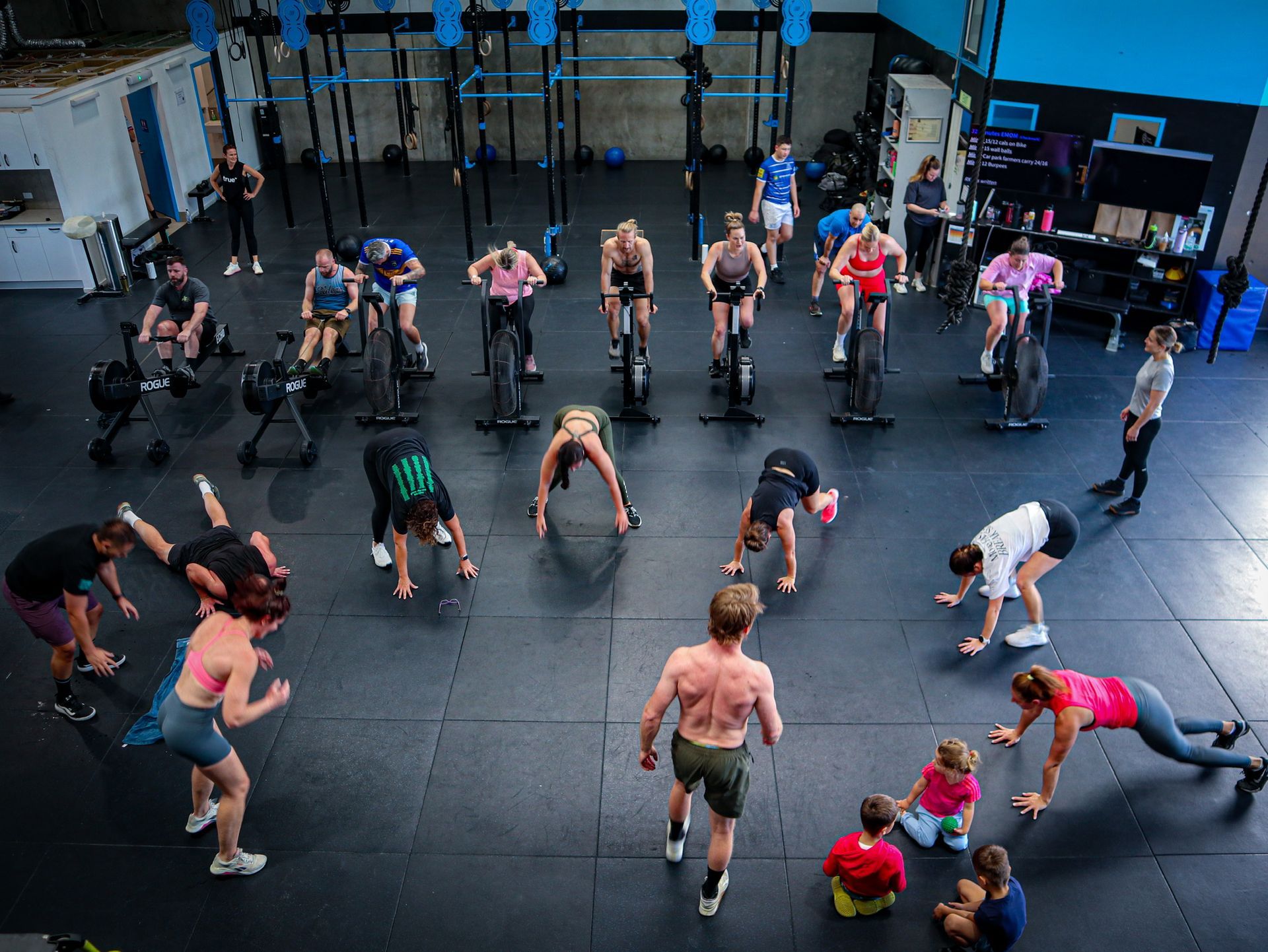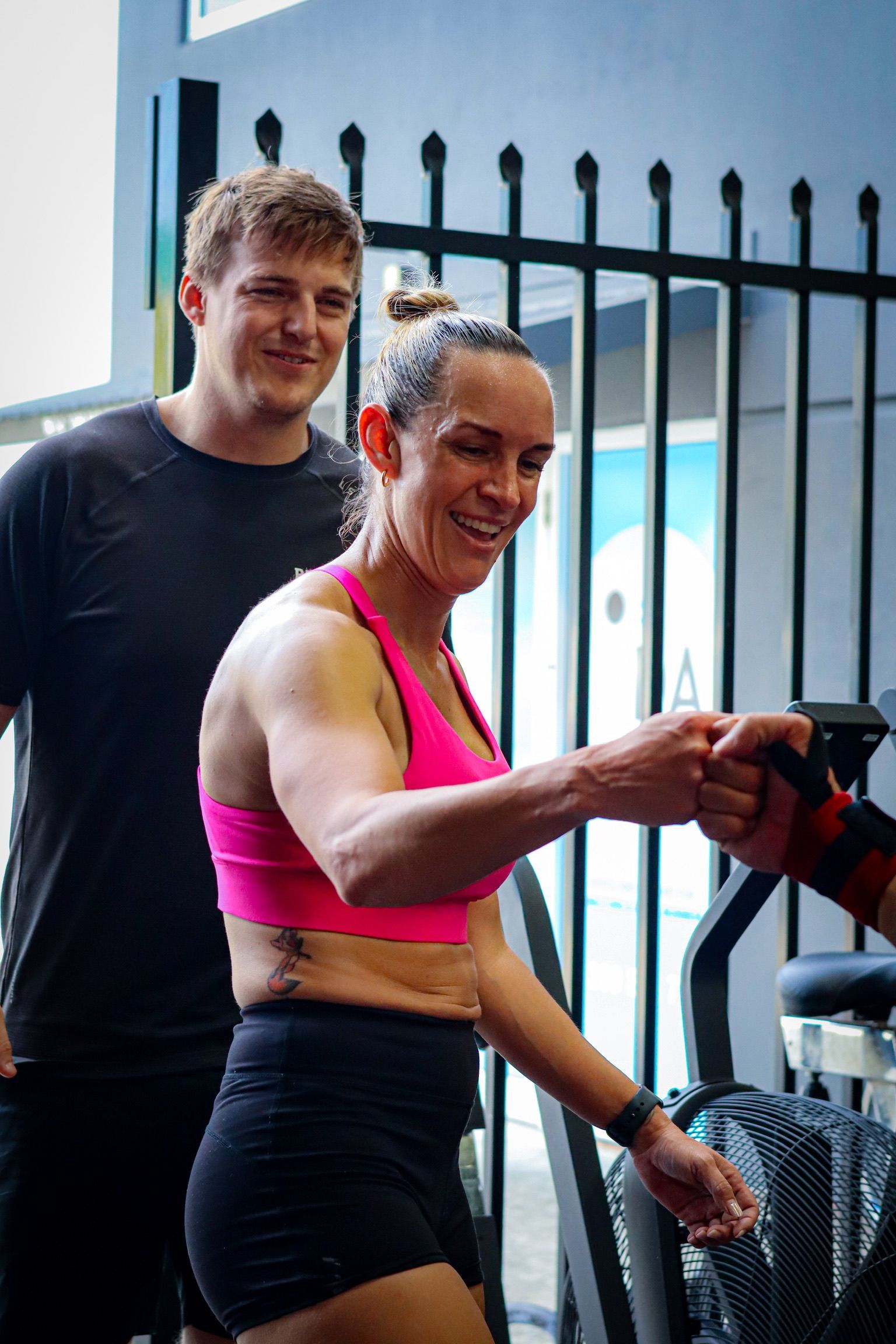Why Weightlifters And CrossFitters Wear Lifting Shoes - The Benefits Of Lifters
If you're an avid weightlifter, you may have noticed weightlifters, the distinctive shoes worn by many athletes during their training sessions. These specialised shoes have become a common sight in weightlifting gyms, and for good reason. Wearing lifters can potentially provide several advantages when it comes to lifting heavy weights, improving technique, and optimising performance in weightlifting.So, why do weightlifters wear lifters? Let's delve into the potential benefits of wearing lifters in weightlifting:Improved Stability: Lifters often feature a raised heel, which can create a more stable platform for lifting heavy weights. The elevated heel allows for greater ankle mobility, making it easier to achieve and maintain a proper squatting position. This increased stability may potentially help prevent injuries, such as ankle rolling, by providing a solid foundation for lifting movements like squats, cleans, and snatches.Enhanced Range of Motion: The raised heel in lifters can potentially improve mobility and flexibility, particularly in the ankles, hips, and thoracic spine. This can be particularly beneficial for athletes who struggle with limited mobility or flexibility, allowing them to achieve a more optimal lifting position. With improved range of motion, athletes may potentially perform movements more efficiently, reducing the risk of compensatory movements that may lead to injuries.Increased Power Output: Lifters are designed to potentially optimise power output during weightlifting exercises. The elevated heel allows athletes to potentially generate more force through the legs and hips, resulting in increased power and explosiveness. This can be especially advantageous in movements like the clean and jerk or the snatch, where speed and power are essential for success.Enhanced Technique: Lifters may potentially help improve lifting technique as well. The raised heel allows athletes to maintain a more upright posture during squats and Olympic lifts, promoting better alignment and reducing the tendency to lean forward. This can potentially lead to improved form and movement efficiency, allowing athletes to lift heavier weights with proper technique and potentially reducing the risk of injury.Versatility: While lifters are primarily used for weightlifting exercises, they may also be beneficial for other movements in the gym, such as box jumps, wall balls, and double-unders. The stable and elevated heel may potentially provide additional support and help athletes generate more power and efficiency in these movements as well.It's important to note that lifters are not necessary for all weightlifters, and their effectiveness may vary depending on an individual's specific needs, goals, and training programme. It's recommended to consult with a coach or experienced athlete to determine if lifters are appropriate for your training routine. Additionally, proper fit and comfort are crucial when choosing lifters, as ill-fitting shoes may potentially hinder performance and increase the risk of injury.Wearing lifters in weightlifting may potentially offer benefits such as improved stability, enhanced range of motion, increased power output, and enhanced technique. However, it's essential to consider individual factors and consult with knowledgeable individuals to determine if lifters are suitable for your training needs. So, if you're looking to potentially enhance your weightlifting performance, consider exploring the potential benefits of wearing lifters.If you want to use a pair of lifters, get yours from TheWODLife with the CODE REBUILD10 for $10 off orders over $100.
Previous Blogs




